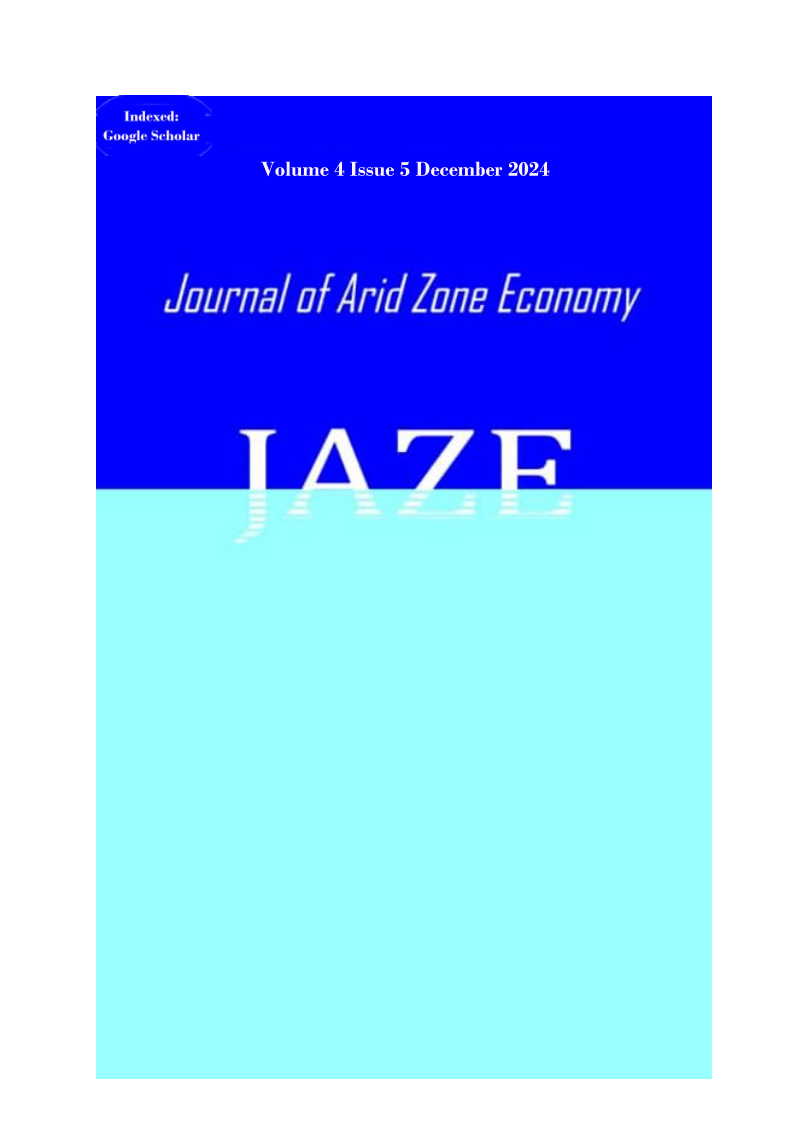Asymmetric Effects of Financial Innovation and Exchange Rate Changes on Money Demand in Nigeria
Keywords:
Financial innovation, Demand for money, Exchange rate changes, NARDLAbstract
Nonlinearities in both long-term and short-term relationships can help
explain the abrupt changes in the conventional relationships of the
demand for money and its determinants. This paper examines the
asymmetric relationship between financial innovation, exchange rate
changes and money demand in Nigeria. The Nonlinear Autoregressive
Distributed Lag (NARDL) model was employed using quarterly data from
2010Q1 to 2022Q4. The findings reveal that the demand for money is
stable Furthermore, an asymmetric relationship between financial
innovation and the demand for money exists with negative changes to
financial innovation being more pronounced than positive changes.
Exchange rate and the demand for money also have an asymmetric
relationship with negative changes having more impact than positive
changes triggered by expectations effect. The policy implication for these
findings is that the government and financial institutions should focus on
expanding access to digital financial services, especially in rural areas
so as to curtail the resurgence in demand for cash due to incomplete
adoption and negative shocks in financial innovation. Another
implication is that the monetary authorities should aim to maintain
exchange rate stability to prevent excessive volatility that could disrupt
money demand.

Downloads
Published
Issue
Section
License
Copyright (c) 2024 Journal of Arid Zone Economy

This work is licensed under a Creative Commons Attribution 4.0 International License.

